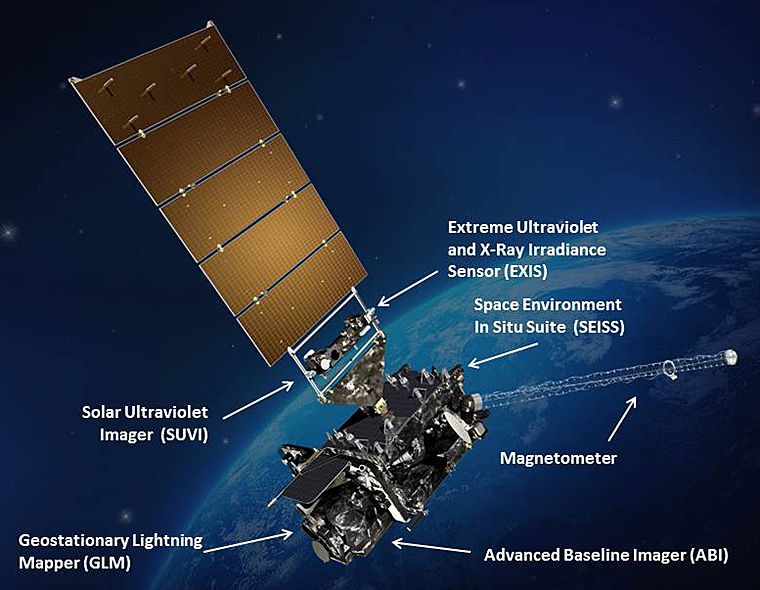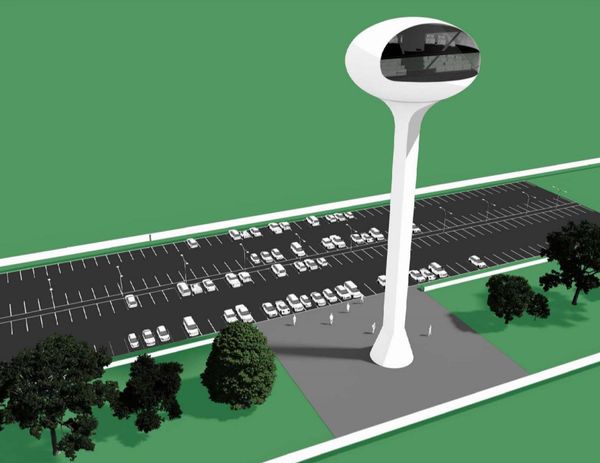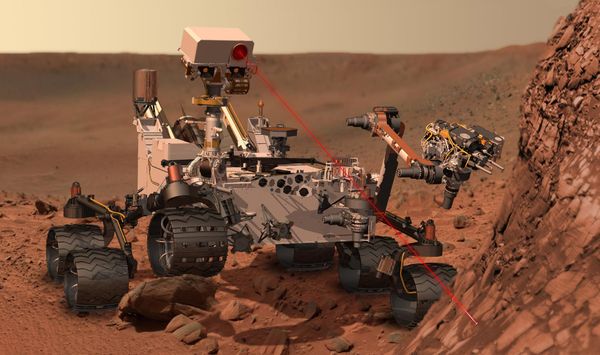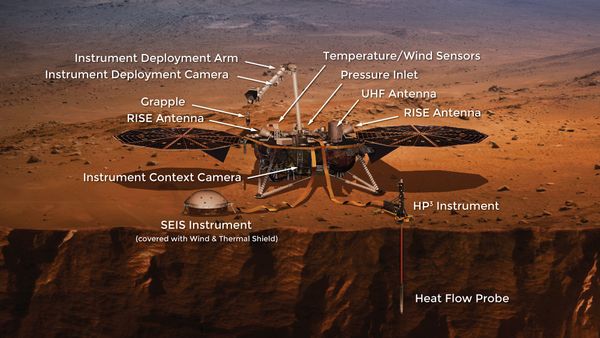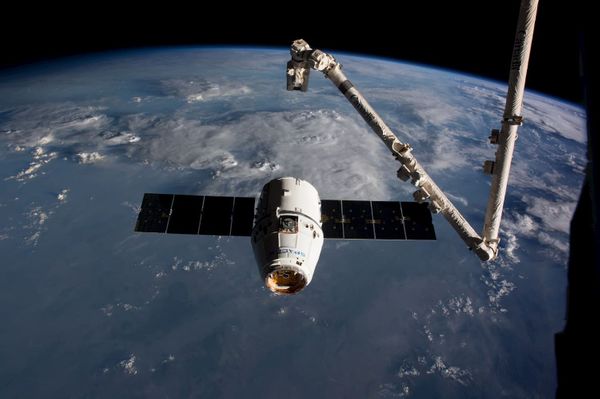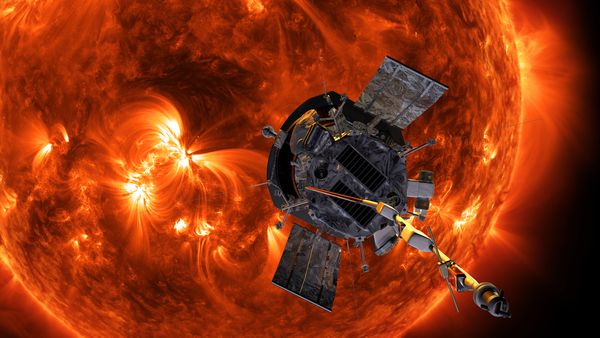Subscribe on iTunes, Google Play, or by RSS for more space exploration discussions. (Banner image courtesy of NASA)
Engineering space to be useful to humans is hard work. Today on SPEXcast we sit down to discuss two space satellite networks, GOES and StarLink, and how they help humanity during our day to day lives. But we’re also covering two examples of the challenges of space engineering, the VA241 anomaly on Ariane V and new delays and cost overruns for JWST.
Below are the resources we used when researching for this episode and additional links to follow for a deeper look.
GOES-S
GOES-S and its sister satellite GOES-R (pictured above) provide advanced weather data to the Western hemisphere. Image credit NASA.
- Spacecraft and orbital details
- A closer look at the Imager instrument
- A closer look at the Sounder instrument
- JPL Earth Now app
StarLink (Tintin A & B)
First two Starlink demo satellites, called Tintin A & B, deployed and communicating to Earth stations pic.twitter.com/TfI53wHEtz
— Elon Musk (@elonmusk) February 22, 2018
Will be simpler than IPv6 and have tiny packet overhead. Definitely peer-to-peer.
— Elon Musk (@elonmusk) February 25, 2018
End-to-end encryption encoded at firmware level. Unlikely to be hacked w current computing tech. If it is (and we learn about it), a crypto fix will go out immediately via network-wide firmware update.
— Elon Musk (@elonmusk) February 25, 2018
For more info and discussions about StarLink, check out /r/StarLink.
Ariane V anomaly
Below is @esa statement on the Jan 25 Ariane 5 flight anomaly. The agency says it will not release the Independent Enquiry Commission's report, nor make commission members available to address questions. pic.twitter.com/JyXR3aMubn
— Peter B. de Selding (@pbdes) March 2, 2018
- Extra reading from our friends at SpaceFlight101
- More info about the Proton issue from last year
- Even more info about the Proton issue
- Ariane V integer overflow test flight error

